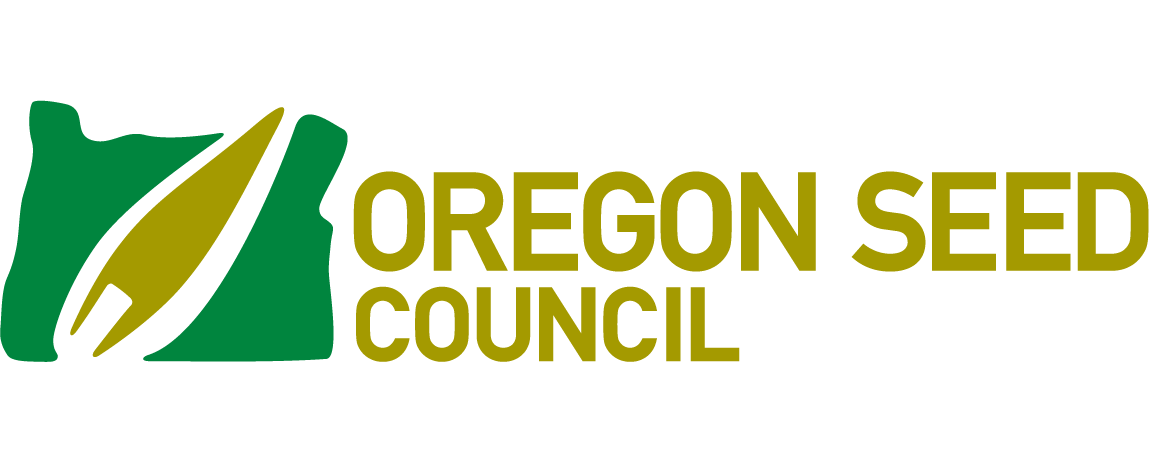Meet Oregon Seed Council’s Inaugural Intern: Mandy Vanderpool
Mandy Vanderpool is currently at Oregon State University, studying to get her master’s in agricultural and natural resource communications.
Originally from Lake Oswego, Mandy found a love for agriculture through seven years of 4-H in Clackamas County. After graduating high school, she went on to earn an associate’s in agricultural business management from Linn-Benton Community College and a bachelor’s in agricultural sciences from Oregon State University (OSU).
After graduation from OSU, she went on to work on Wilco’s marketing team before working in Pratum Co-op’s agronomy division. After working with farmers, she realized she wanted to do more to help them and decided to go back to OSU in fall 2024 so that she could one day gain a position in outreach in some capacity.
Since starting in January, Mandy worked in marketing and communications for Oregon Seed Council, helping develop the organization’s social media platforms, doing some policy work, and working on internal communications. While working for Oregon Seed Council, she was also taking classes and working as a graduate teaching assistant for the OSU Department of Agricultural Education and Agricultural Sciences.
Mandy had a wonderful time at Oregon Seed Council and learned a lot and met some really great people. She wants to thank all of the producers and industry partners that she had the privilege of working with and Executive Director Megan Chuinard for being such an amazing mentor. She looks forward to running into members in the future!
The Oregon Seed Council is grateful for Mandy and expects she will do amazing things in her future!
Contributed by Mandy Vanderpool | Oregon Seed Council Intern











